1) Fernsehturm alias Telespargel
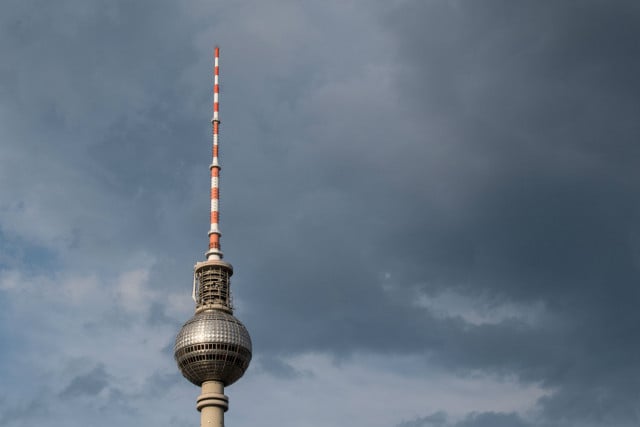
Berlin’s Fernsehturm (Television tower) dominates the largest square in the middle of Berlin, the Alexanderplatz. Completed in 1969 and standing at 368 metres tall, the Fernsehturm loomed large over the divided city and was built to display Socialist supremacy. Still the behemoth was rather isolated since there was and is no building even close to its height and thus Berliners often referred to the Fernsehturm – still Germany’s tallest building – as “Telespargel”, “Spargel“ being “asparagus“. It needs to be said that Berliners go absolutely nuts for asparagus so this is a rather affectionate mock.
READ ALSO: Which German cities have the rudest locals?
2) Brunnen der Völkerfreundschaft alias Nuttenbrosche
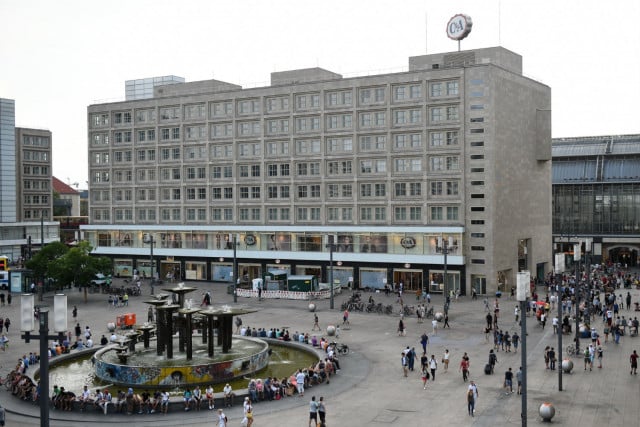
Beneath the Fernsehturm, pedestrians will discover a sight called “Brunnen der Völkerfreundschaft“ (“fountain of peoples’ friendship“), the name being a relic of the socialist past. Well, East Berliners were not too fond of the fountain’s enamel design which is why they called it “Nuttenbrosche“ (“hooker’s brooch”) to also acknowledge the rampant prostitution in this area.
3) Palast der Republik alias Erichs Lampenladen / Palazzo Prozzo
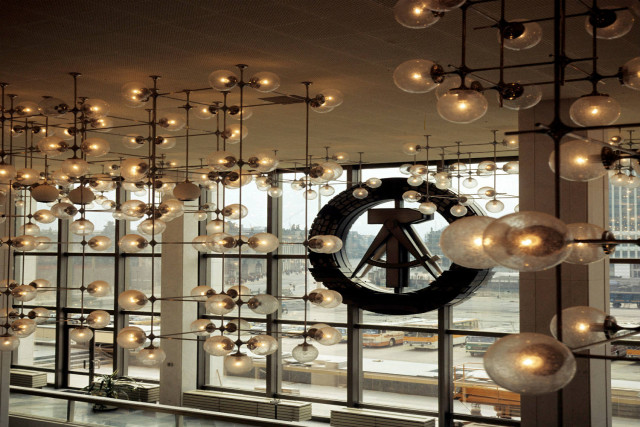
Since the Berliner Stadtschloss (Berlin Palace) was severely damaged in World War II, the government of the GDR decided to blow up the remnants and construct a new building on top of them in 1963. This building would house the Staatsrat, the State Council of East Germany, formally the collective head of state.
In 1973, a modern Palast der Republik – Palace of the Republic – was erected. Given its horrendous costs (rumoured to total a mind-boggling billion Mark in GDR currency), the Palast der Republik was met with ridicule by East Berliners, who referred to the residence of the East German parliament as “Erichs Lampenladen“ or “Palazzo Prozzo”.
Erich Honecker was the de-facto head of state, and “Lampenladen” means “bulb shop“ since this Soviet chic involved lots of lamps that illuminated the modern building at day and night. Palazzo Prozzo is pseudo-Italian as “protzen“ means “to boast“ in German.
Mind you, this was a totalitarian state and dissent was not exactly welcome. After German reunification, the Palast der Republik was closed down due to asbestos and authorities decided to reinstate the Berliner Stadtschloss, which opened to the public as the Humboldt Forum in 2021.
READ ALSO: Vienna vs Berlin: Which German-speaking city is better to live in?
4) Kongresshalle alias Schwangere Auster
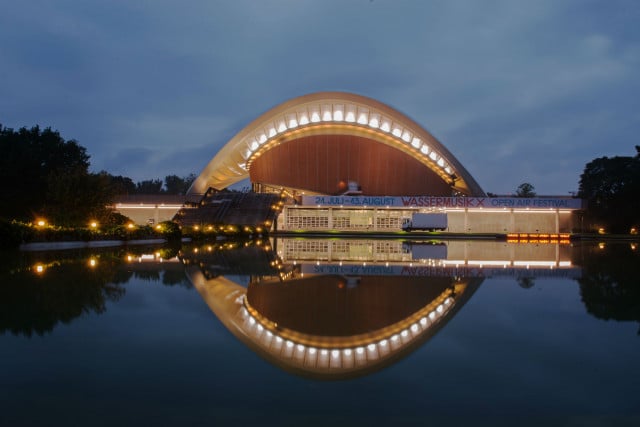
Built between 1956 and 1957 by the American architect Hugh Stubbins, the Kongresshalle was an eye-catcher from the get-go. Originally constructed to celebrate the American-German alliance after World War II, the Kongresshalle has hosted the Haus der Kulturen der Welt (House of the World’s Cultures) since 1987, presenting contemporary international art.
The most artistically daring exhibit here, though, might be the building itself. Its futuristic design reminded Berliners of a species that is not found on the shores of Berlin’s major river, the Spree, or indeed anywhere: they thought it resembled what a “Schwangere Auster” or “pregnant oyster” would look like.
5) Kaiser-Wilhelm-Gedächtniskirche alias Lippenstift and Puderdose
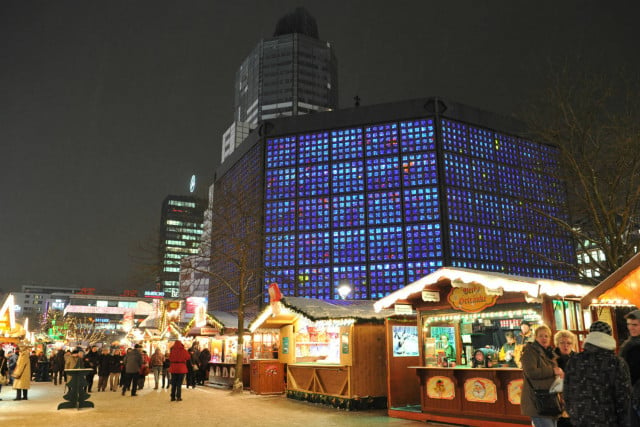
Berlin’s Breitscheidplatz is a very populated area since the square is sandwiched between Kurfürstendamm – probably Berlin’s busiest street – and Budapester Straße. It’s also a place of tragic circumstances since its main attraction, the Kaiser-Wilhelm-Gedächtniskirche, or Kaiser Wilhelm Memorial Church, was heavily bombarded in World War II and turned into a crime scene on December 19th, 2016 when terrorist Anis Amri struck, killing twelve people in a truck attack.
The heavily damaged Kaiser-Wilhelm-Gedächtniskirche serves as a memorial and goes by a nickname itself: “der hohle Zahn” or “the hollow tooth”. After World War II, Berlin was in need of a makeover – or just some proper makeup. Attached right next to the ruin are two buildings that were constructed in 1959, a bell tower which Berliners call “Lippenstift” (“lipstick”) and a nave (part of a church building) that bears a resemblance to a “Puderdose“ or “powder box”.
6) Tränenpalast
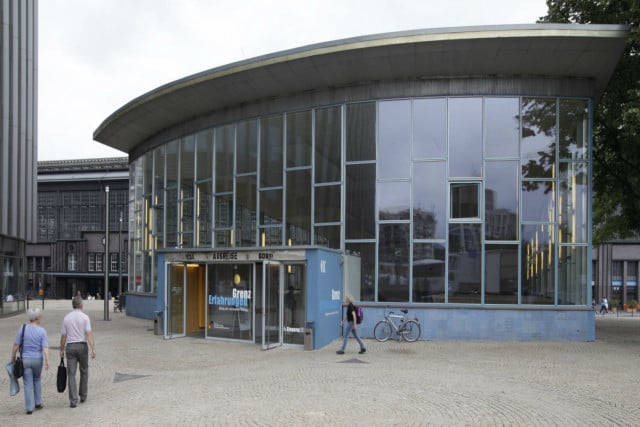
While there is a theater of that name close to the place of origin, this entry is about a building that does not exist anymore. When the Berlin Wall (1961-1989) was still standing, families from both parts of the city often crossed the border at S-Bahnhof Friedrichstraße, a major traffic hub where U-Bahn (metro) and S-Bahn meet.
Geographically, S-Bahnhof Friedrichstraße belonged to East Berlin and formed part of the Soviet sector. You could tell that Friedrichstraße was a transit area during the Cold War since, as a West Berliner, you were allowed to exit the U-Bahn at Friedrichstraße; however you were not allowed to exit at five stops prior to Friedrichstraße on the U6 line.
West Berliners were occasionally allowed to visit their East Berlin relatives (and infuse much-needed Deutsche Mark into the GDR economy) for one day while most GDR citizens were not allowed to leave GDR.
At border crossings, GDR citizens and their Western relatives would bid each other teary goodbyes: earning Tränenpalast (“palace of tears”) its name.
READ ALSO: IN NUMBERS: Who is coming to – and leaving – Berlin?
7) Berliner Philharmonie alias Zirkus Karajani
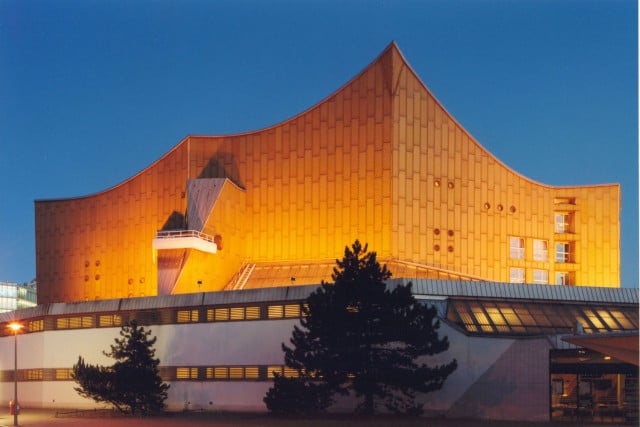
Between 1960 and 1963, German architect Hans Sharoun built the Berliner Philharmonie, which complements Berlin’s cultural offerings. Its futuristic design is reminiscent of a circus tent – and of course its acoustic – immediately turned heads. The in-house musicians, the Berliner Philharmoniker, are world-renowned and attract huge crowds but it was iconic Austrian master conductor (and Nazi fanboy) Heribert Karajan whose name inspired Berliners to refer to the Berliner Philharmonie as “Zirkus Karajani“ since it sounds similar to Circus Sarrasani, a popular contemporary circus.
Karajan, one of the greatest conductors of the 20th century who is said to be the the top-selling classical music recording artist of all time, conducted the Berlin Philharmonic orchestra between 1954 and 1989.
8) Kanzleramt alias Waschmaschine / Elefantenklo
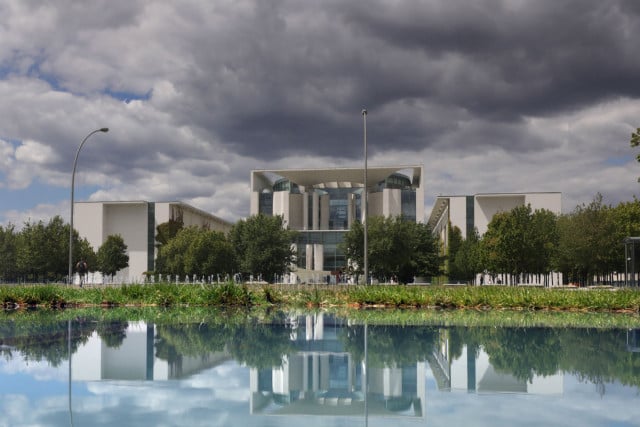
After German reunification in 1990, Berlin became Germany’s capital since West Germany was being governed from tiny Bonn near Cologne since 1949, while East Berlin was the capital of the GDR. When the entire political base moved to Berlin, the city was in need of a new Bundeskanzleramt (federal chancellery) that represented Germany properly.
Between 1997 and 2001, the new Bundeskanzleramt – inhabited by Angela Merkel since 2005 – was under construction in Berlin’s governing district or “Regierungsviertel“ that also harbours the German parliament, the Bundestag.
The late chancellor Helmut Kohl opted for the design by architects Axel Schultes and Charlotte Frank who erected the world’s biggest government headquarter.
“The postmodern building – which really consists of several cubic buildings and involves lots of glass – was met with mixed reviews.” Berliners hence came up with unflattering names such as “Waschmaschine“ (“washing machine”) and “Elefantenklo” (“Elephants’ latrine”).
READ ALSO: Thrifty Swabians and haughty Hamburgers: A guide to Germany’s regional stereotypes
9) Luftbrückendenkmal alias Hungerharke
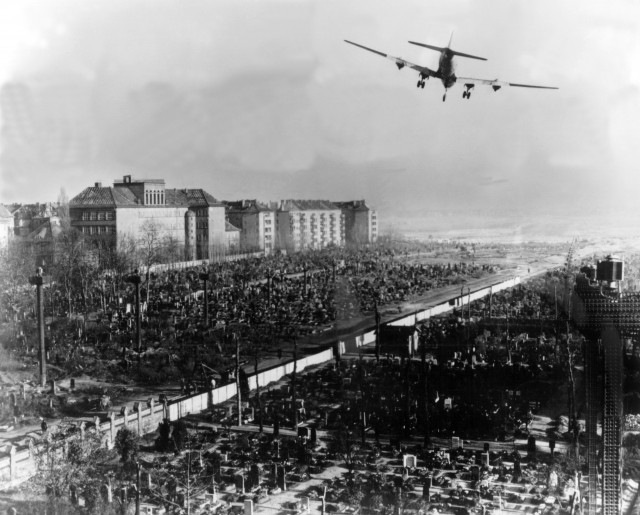
After World War II, Berlin was occupied by four powers: the US, the UK and France in the western part of the city, and by the Soviet Union in the eastern part. Berlin itself was isolated from the rest of Germany since it was surrounded by a Soviet sector, according to the region the Red Army had liberated from Nazi rule.
In 1948, the three western allies agreed upon a monetary reform which introduced the Deutsche Mark. The Soviet Union did not like that too much and put up a blockade (including power) of the so-called Trizone. This resulted in a “Luftbrücke” or “air lift” the western allies installed, using airports in Tempelhof, Gatow and Tegel. Between June 24th 1948 and May 12th, 1949, practically all supplies came in via air in dramatic fashion, aboard of American and British planes.
The 2.2 million Berliners that were depending on those planes used to call them “Rosinenbomber“ or “raisin bombers” since pilots used to deploy little parachutes that featured candy for the children.
At their peak, the allies managed to land a plane every 90 seconds at Flughafen Tempelhof (Tempelhof Airport). In total, 277,569 flights passed through it before the Soviet Union finally gave in.
Several dozen pilots and civilians lost their lives during the Luftbrücke. In 1951, a monument was erected in Berlin-Tempelhof, right in front of Flughafen Tempelhof. The Luftbrückendenkmal looks like a claw clasping the sky which is why Berliners would call it “Hungerharke“ (“hunger claw”).
READ ALSO: Why November 9th is a fateful day in German history
10) Café Achteck
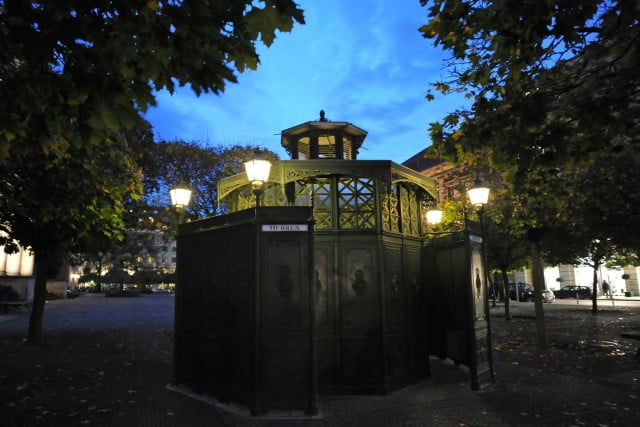
This is not a place where you sip a coffee or other liquids, but where you get rid of them. Once in a while, a Berliner strolling down the streets stumbles upon remnants of the past: Male Berliners at least can sneak a peek and relieve themselves here since Café Achteck is a Berlin expression for a public toilet that houses a bunch of urinals. From the outside, the cast iron structure looks like an octagon, hence the name “Café Achteck” (Café Octagon).



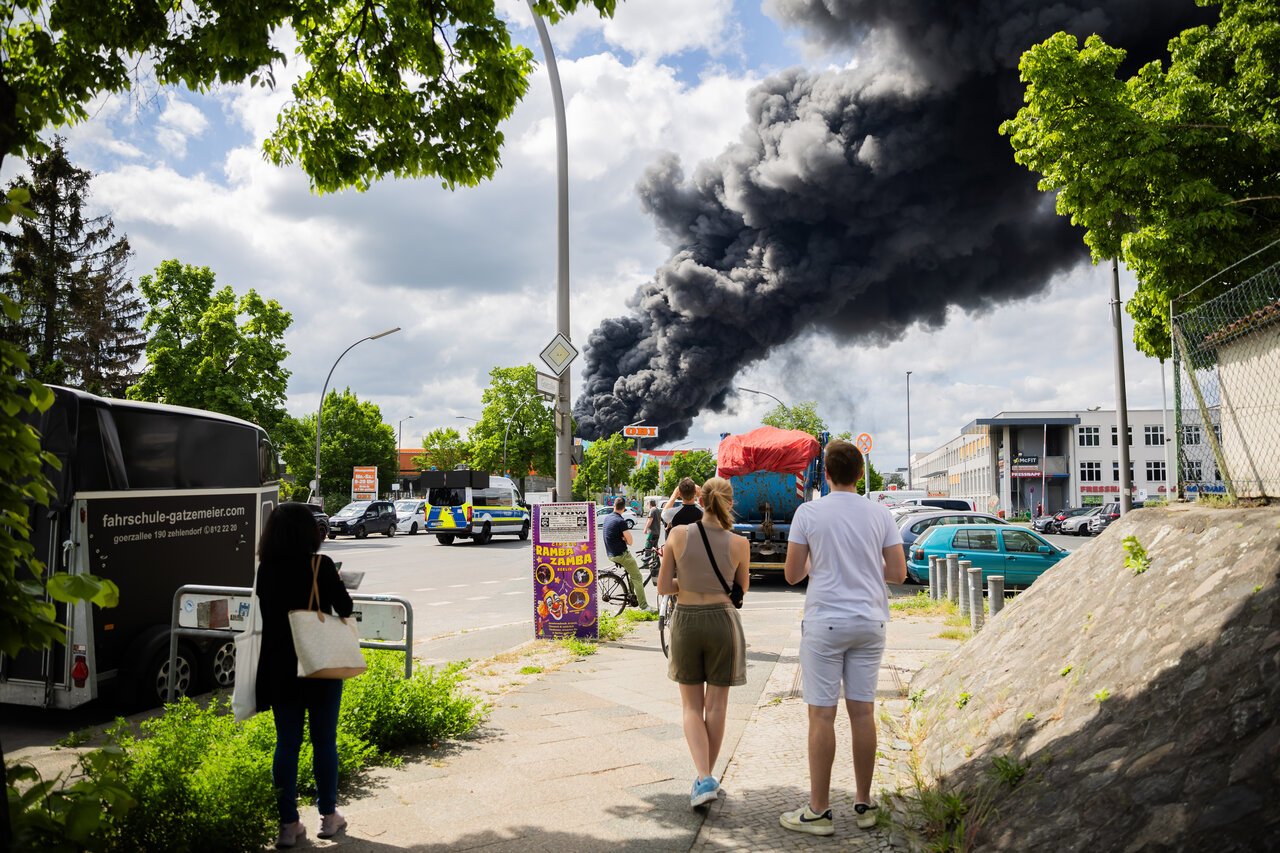
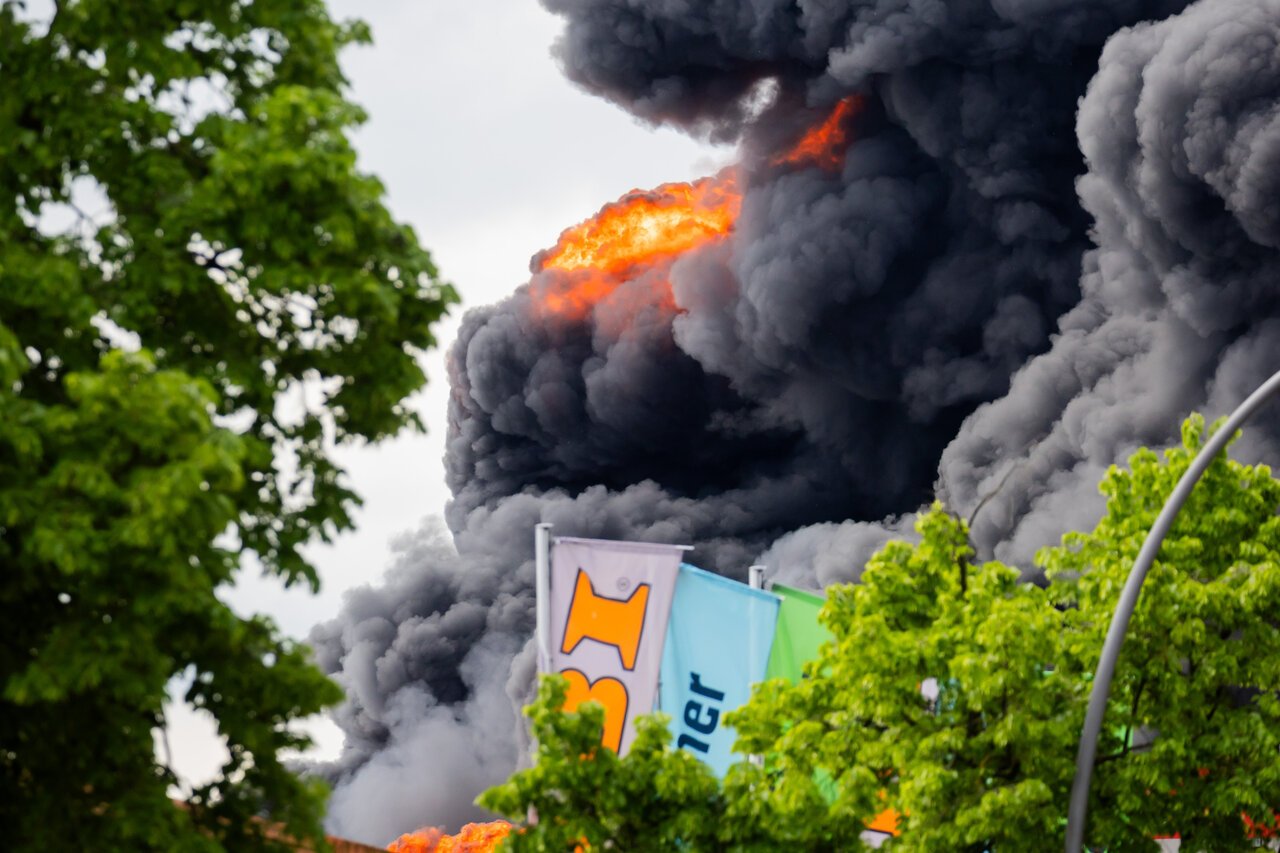
 Please whitelist us to continue reading.
Please whitelist us to continue reading.
Member comments